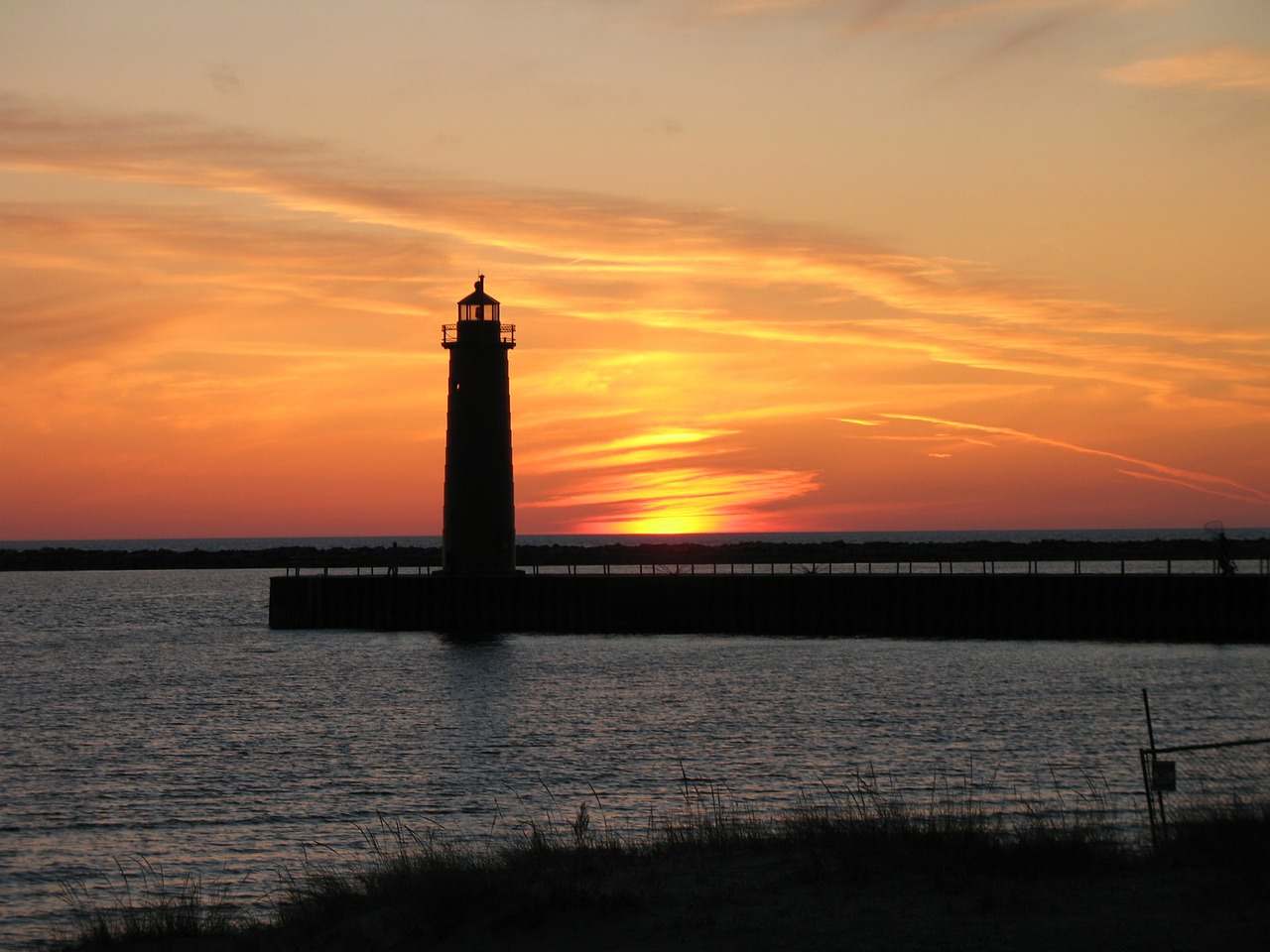You are vacationing at Lake Michigan and as you fly around the water in a speed boat, swim in the lake, and roll down the sand dunes, you can’t help but wonder how the whole thing came to be in the first place. You may wonder how the lake was formed, who discovered it, and how all those hotels got there. Learn a little about the history of Lake Michigan below!
Formation
The history of Lake Michigan begins back when Lake Michigan and the other Great Lakes formed some 20,000 years ago when a glacier melted. The impact from the glacier created the basin for the lake.
Lake Michigan History: Discovery
Somewhere between 1634 and 1638 French Explorer, Jean Nicolet discovered Lake Michigan when he was looking for a passage to China.
The explorer first landed near Green Bay, Wisconsin where the Ho-Chunk Native American tribe lived. Monsieur Nicolet became a sort of French ambassador to the tribe. He used to dress like them and keep them at bay with his pistols. He took some of them on a mission on which they traveled the Fox River until they reached Lake Michigan. The mouth of the lake was so wide the explorer thought it was the Pacific Ocean. Despite Nicolet’s apparent ineptitude, there are many natural area, and roads named after him in Wisconsin.
Uses
The Straits of Mackinac provide a connection between Lake Michigan and Lake Huron. This made fur trading much easier for Native American people.
In the late 1600s, most of the lake’s Mackinac Island was a British military base. The British used it as a fort during the Revolutionary War. Although the war officially ended in 1783, the British did not hand over the fort to the Americans until 1796.
In the 19th century, the lake was critical to the development of the city of Chicago as it was the main way that grain was transported to the city. The city became a major producer of food for the United States.
In the early 1900s, many Jewish immigrants came to America. Many of these immigrants owned farms near Lake Michigan near the town of South Haven. The cold weather made farming difficult for most of the year, so farmers took to renting rooms to tourists.
Jewish people were often banned from joining country clubs and going to resorts in those days, so they opened their own resorts on the farmland. The South Haven area soon became known as The Catskills of the Midwest.
Where to Stay Today
Today there are many resorts, hotels, and motels in the area, and choosing one can be a daunting task. Why not let the vacation experts at Beachwalk Properties can find you the perfect place to stay while you learn about the history of Lake Michigan? Give us a call today at 269-767-6125.








